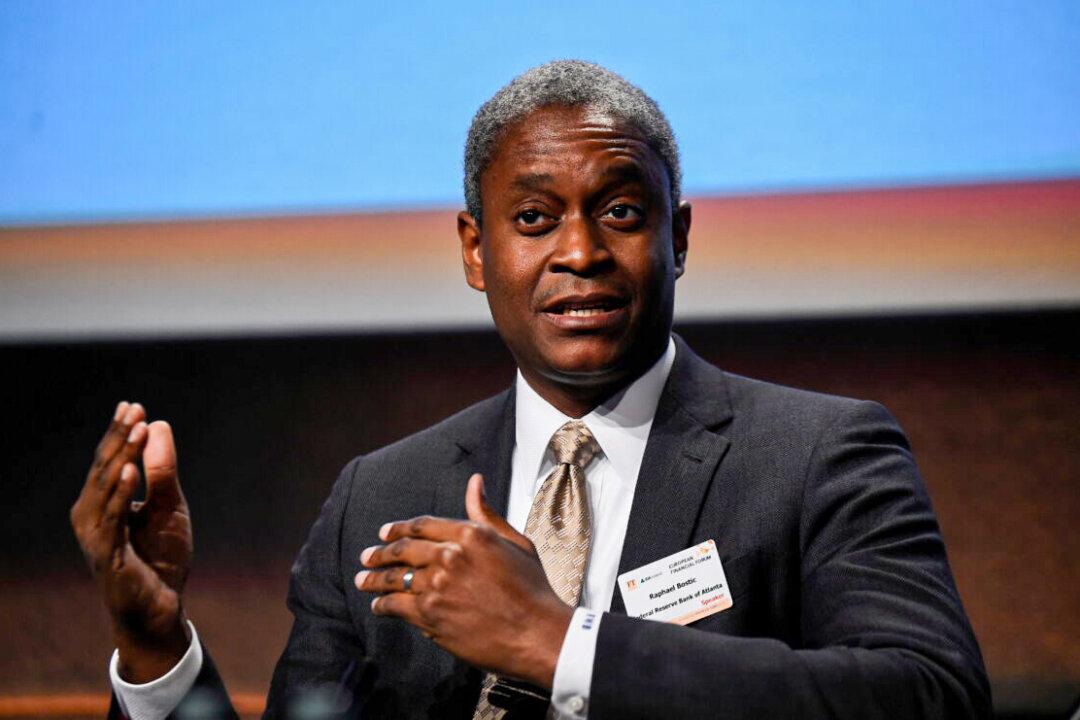The message was loud and clear from multiple Federal Reserve officials: Interest rates will stay higher this year, the benchmark rate might increase, and it’s unlikely there will be any rate cuts this year.
Inflation is still plaguing monetary policymakers, and restoring price stability, even in the face of a recession, is the chief priority for the U.S. central bank.





